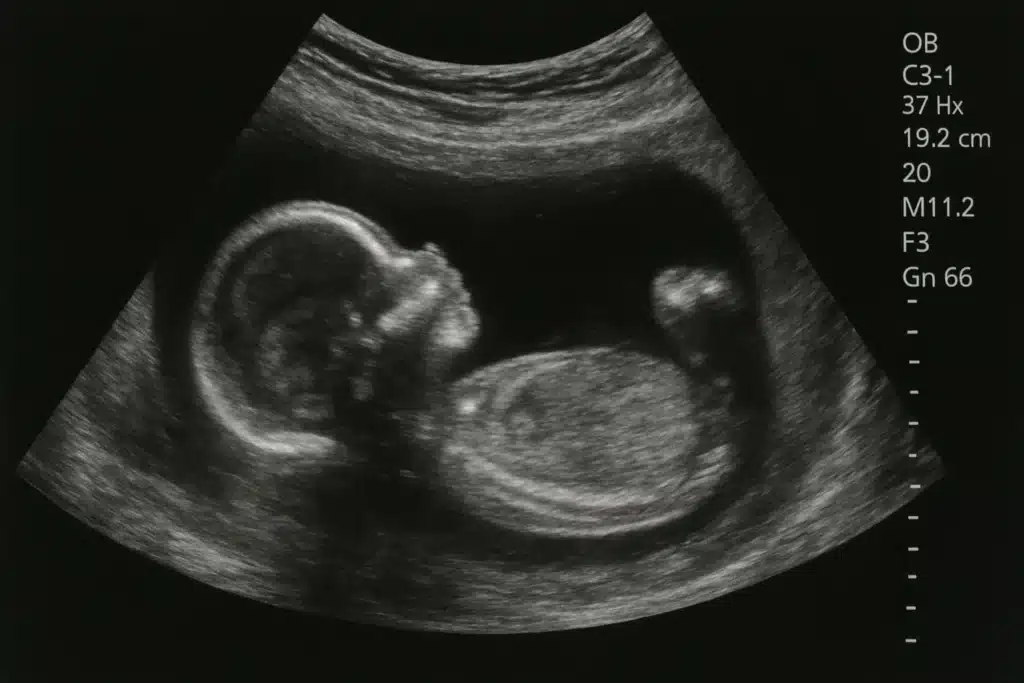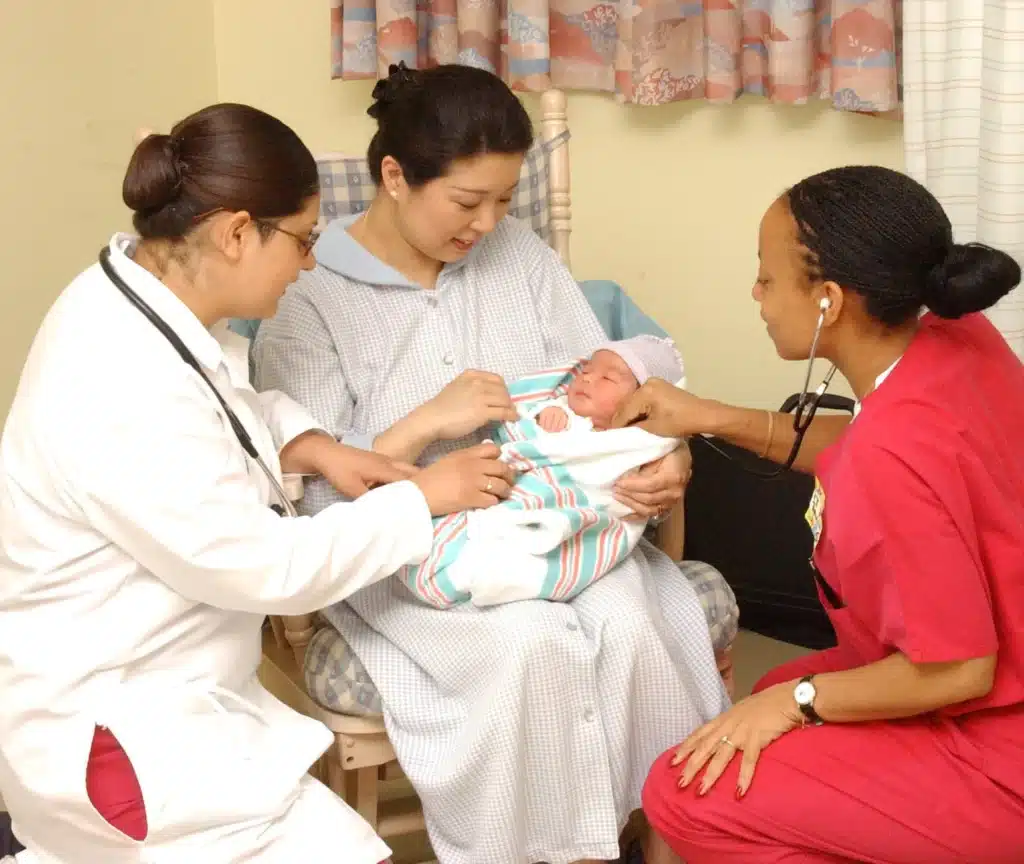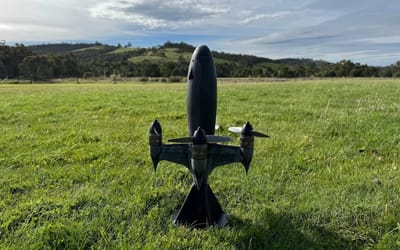Chinese tech company is planning world's first humanoid robot which can carry pregnancy with artificial womb
Published on Aug 18, 2025 at 11:15 PM (UTC+4)
by Callum Tokody
Last updated on Aug 18, 2025 at 1:35 PM (UTC+4)
Edited by
Emma Matthews
A humanoid robot pregnancy robot with an artificial womb is being planned in China, in a move that could reshape how reproduction is approached in the future.
The project is led by Kaiwa Technology, a company based in Guangzhou, which says the machine is being designed to replicate the process of human gestation.
Reports suggest the first prototype may appear by 2026 with an estimated cost of around $13,900.
The announcement has already sparked global attention, and many are watching closely to see how such a system might work in practice.
VISIT SBX CARS – View live supercar auctions powered by Supercar Blondie
How the humanoid robot would work
Kaiwa Technology presented the idea at the 2025 World Robot Conference in Beijing.
Founder Zhang Qifeng explained that the humanoid robot would be built with an artificial womb located in its abdomen.
Inside, artificial amniotic fluid and a nutrient hose would allow a fetus to develop in a way that mimics pregnancy.
Zhang said the underlying artificial womb technology has been tested in controlled laboratory settings.
The challenge now is integrating that technology into a functioning pregnancy robot.
According to Chinese media, a prototype is expected within a year. In the meantime, authorities in Guangdong Province have already been approached to consider ethical and legal guidelines.

Artificial womb experiments are not new.
In 2017, researchers at the Children’s Hospital of Philadelphia placed a premature lamb in a ‘biobag’ filled with artificial amniotic fluid, where it continued to develop for several weeks.
That research showed the potential for partial gestation, but not for a full pregnancy from fertilization to birth.
For Kaiwa’s humanoid robot to succeed, it would need to support every stage of development, a leap that many scientists believe remains uncertain.
The project also raises questions that extend beyond science.
How would a child delivered by a pregnancy robot be recognized legally?
Who would be considered the parent?
These questions remain unresolved, and they will likely shape the debate as the technology progresses.
China tech pushes into biology
The humanoid robot initiative sits within a larger wave of China tech projects where robotics and biology are merging.
At the same conference, Chinese researchers introduced GEAIR, an AI-powered breeding robot designed to speed up crop development through automation and genetic techniques.
The aim is to cut costs and boost food production efficiency.
Together, these projects show how robotics in China is being pushed into new areas that affect daily life, from food security to reproduction.

While the humanoid pregnancy robot is still in its early stages, it reflects the same drive behind agricultural automation: to use robotics and AI to address complex human challenges.
China’s pregnancy robot remains a bold experiment.
With a prototype expected soon, the humanoid robot will test the limits of science and society alike.
If it moves beyond the lab, it could reshape how technology interacts with one of humanity’s most fundamental experiences.
DISCOVER SBX CARS: The global premium car auction platform powered by Supercar Blondie
Callum Tokody is a content writer at Supercar Blondie, where he covers the latest in the automotive world with a focus on design and performance. With a background in automotive journalism, he has contributed to a range of publications in Australia and the UK. In addition to his writing, Callum also heads up PR and communications, helping to build and strengthen partnerships within the industry. Outside of work, he’s a design enthusiast with a soft spot for anything with a V8 and a good story.




